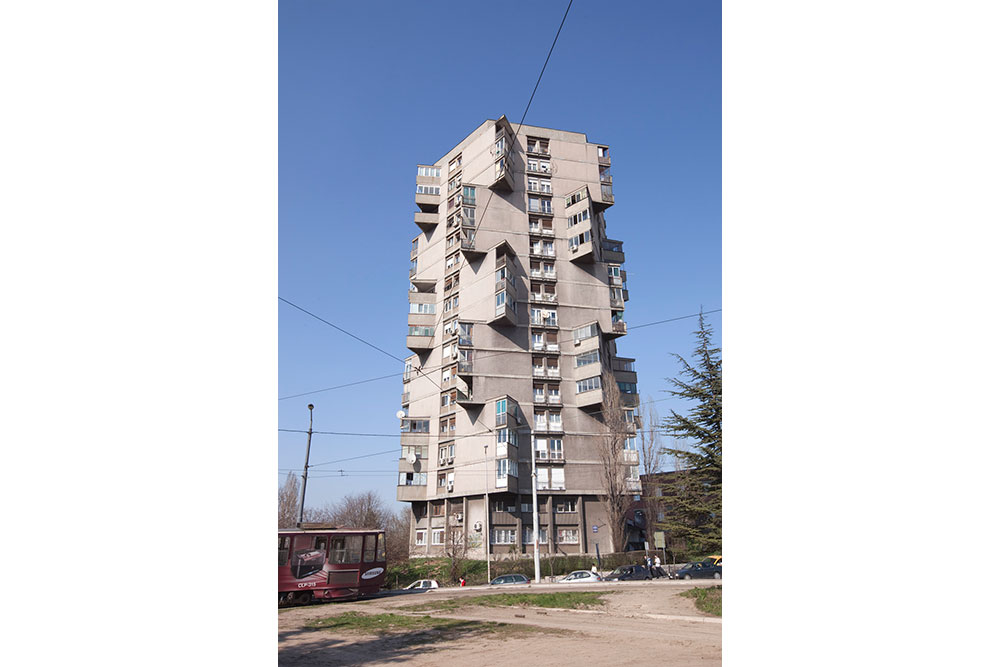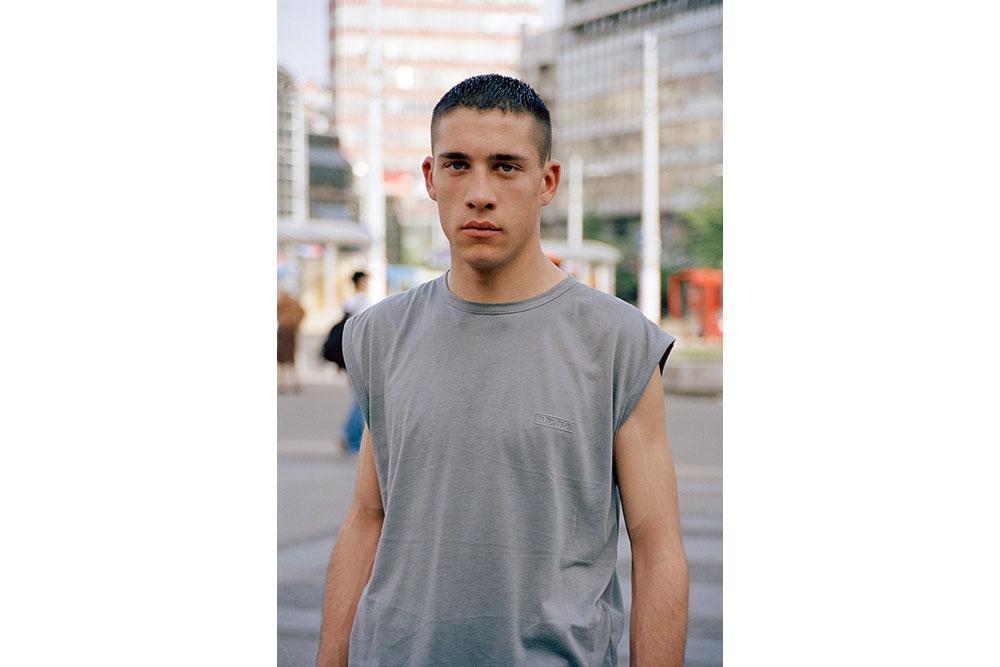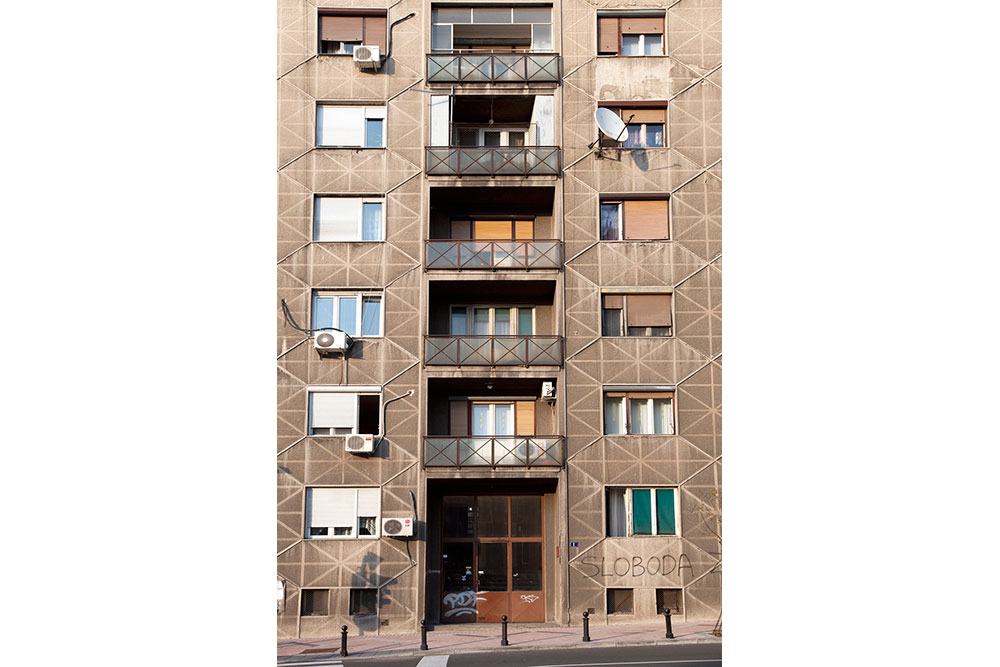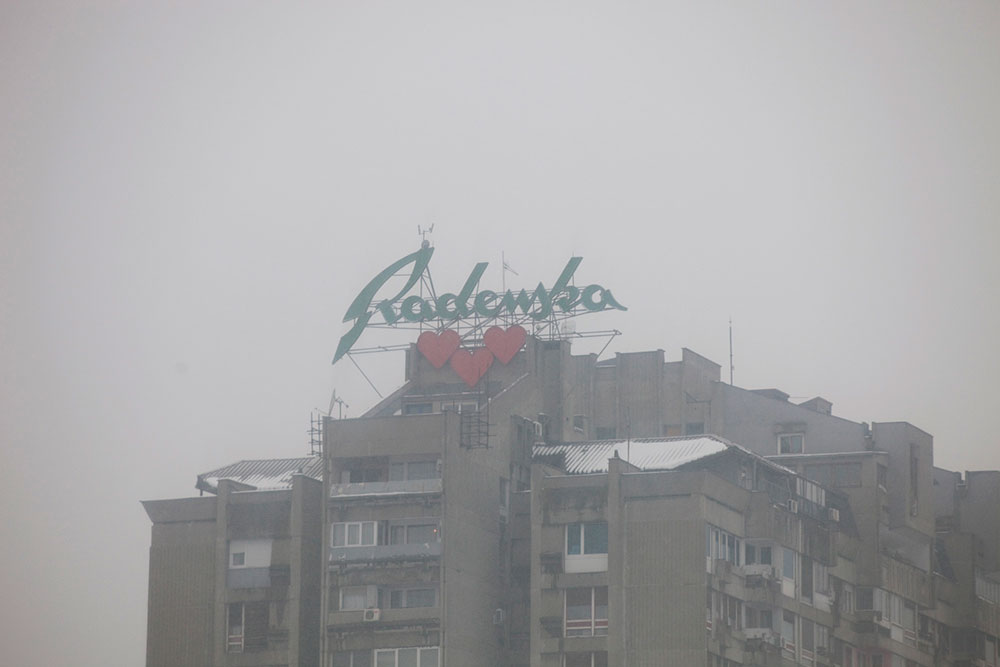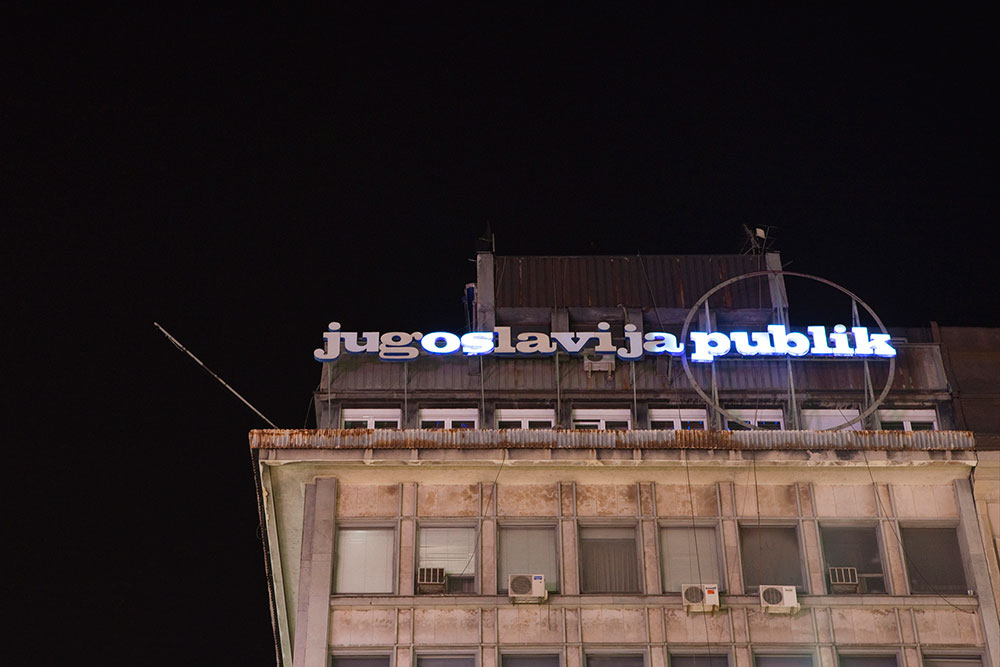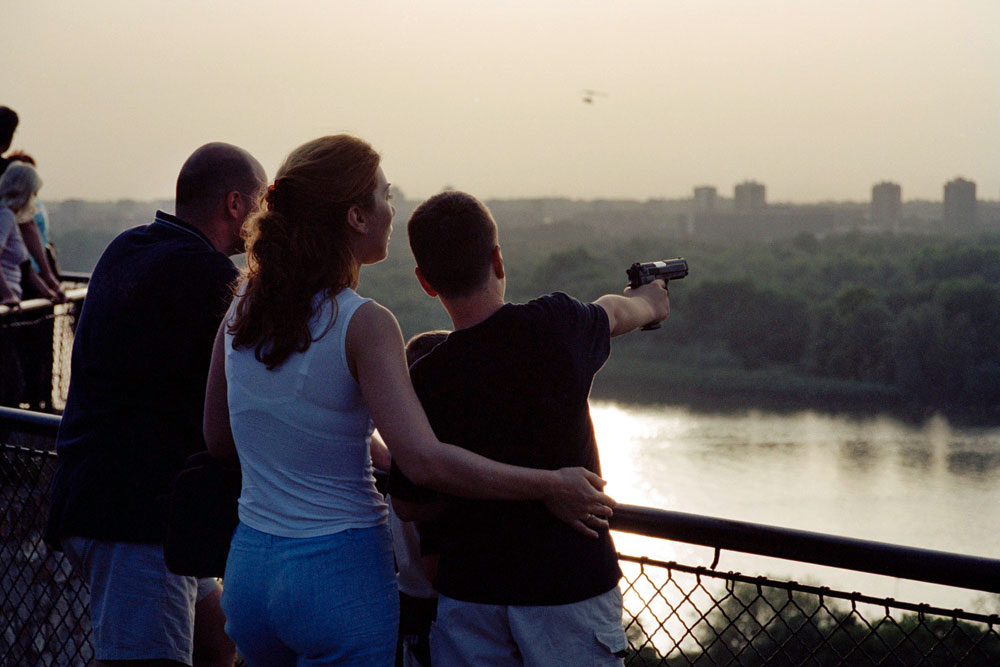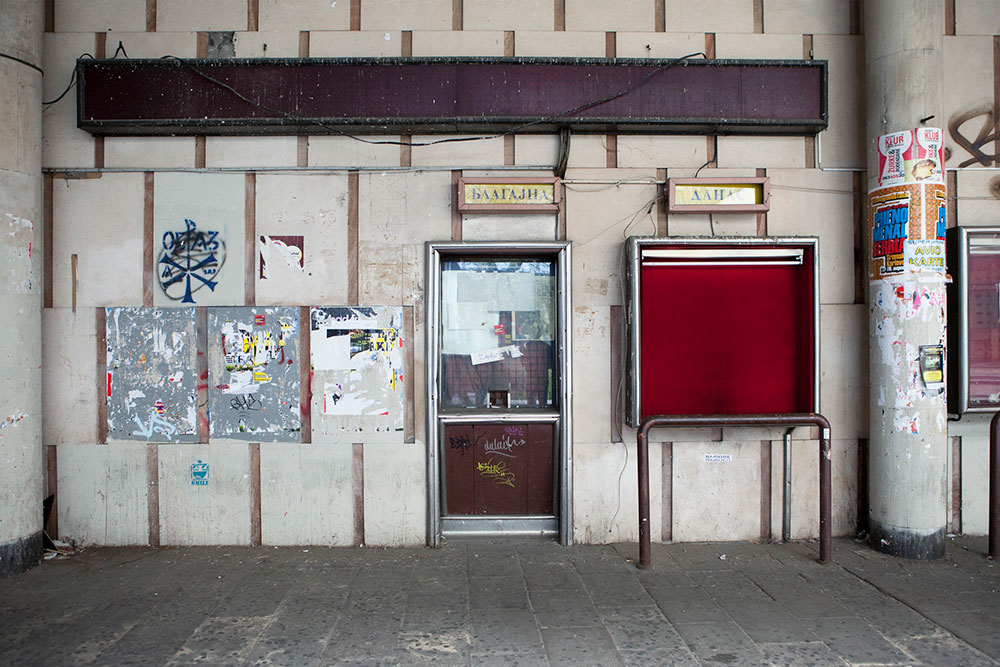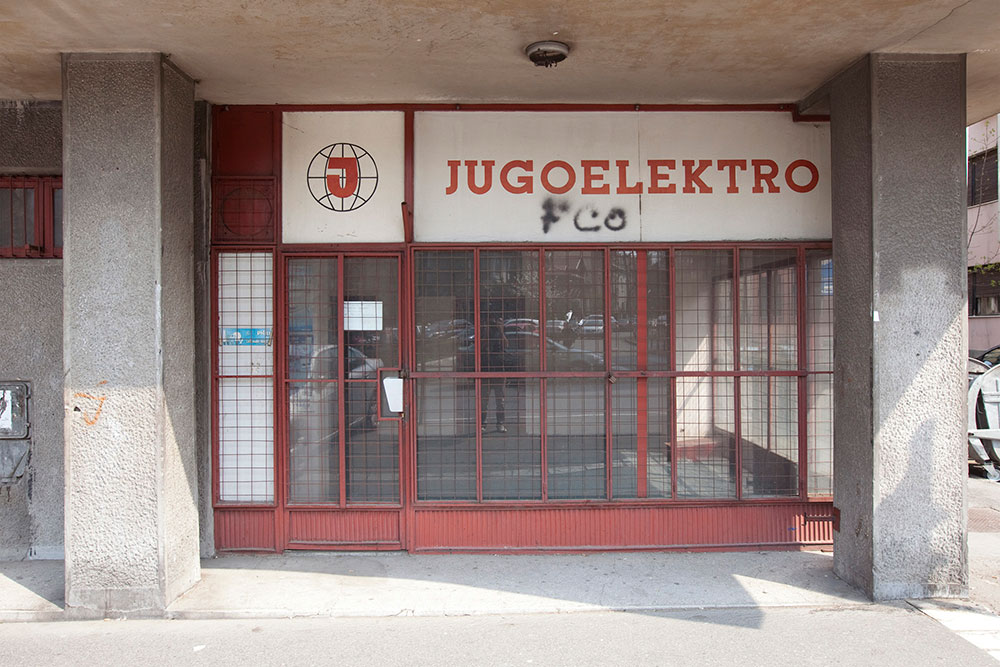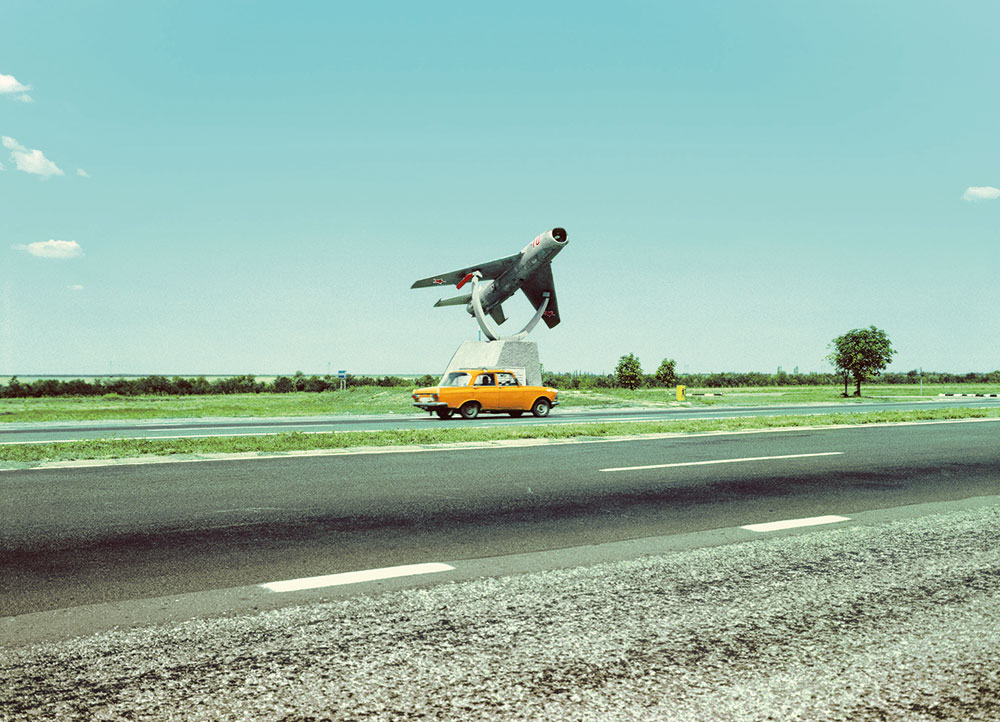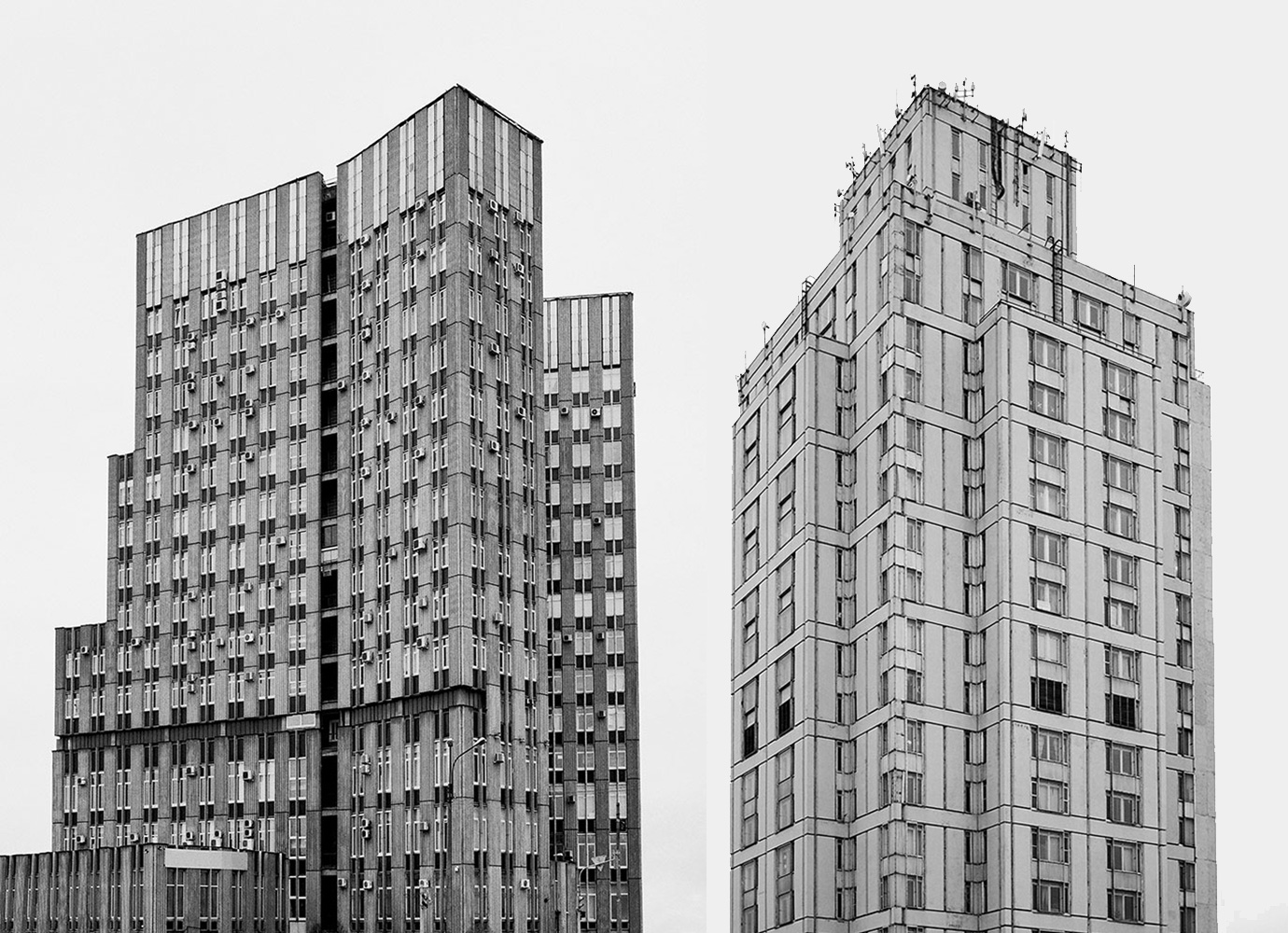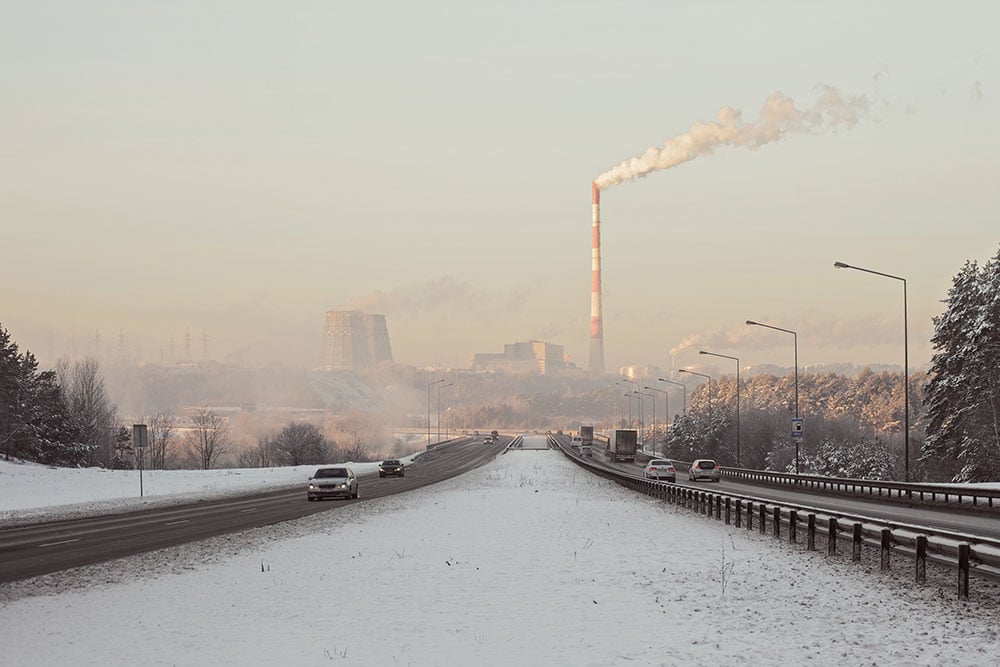My Belgrade: Looking for the traces of a vanished country
Photography and the Post Soviet CityBorn in Germany to Yugoslav parents, photographer Boris Kralj spent eight years documenting Belgrade. For him, capturing the remnants of Yugoslavia in its former capital is an exploration of his own roots and identity
Photographer Boris Kralj was born and raised in Germany, the son of Yugoslav parents, with whom he often visited Belgrade. By the time he returned as an adult Yugoslavia had ceased to exist and Belgrade was part of Serbia. Although the city was, strictly speaking, never part of the Soviet Union, it shares the architectural tropes and aesthetics of the socialist city, as vividly illustrated in Kralj’s images.
I’m obsessed with Belgrade and spent eight years going there and photographing it. My parents emigrated from there as guest workers to Germany, where I was born and grew up. I was 13 or 14 years old when I first went to Belgrade, and then there was the war. When I returned aged 25 I had very strong feelings for the place. It may be the capital of Serbia now, but it also stands for the old Yugoslavia.
Eight years ago, people who had never been to Belgrade would say to me, “Take care, are you sure you want to go there? Is there still a war on?” People wouldn’t go there for the fun of it, as they would to Budapest or Prague. It has started to be more popular, but people still associate the city with war criminals and something frightening, which it isn’t.
Belgrade was the biggest city I had ever visited when I was a child. When we drove through New Belgrade, with all its grey high-rise buildings, I thought I was in New York. I pressed my face against the car window. There are some incredible brutalist buildings there that I could always look at: the Genex Tower for example, which you pass when you enter Belgrade from the west. But I also like the old villas in the city which tell so many stories.
When I visited again years later, I was searching for the traces of Yugoslavia. If you keep your eyes open, you will see so many. Belgraders themselves might just pass by and never notice them. Books in a flea market with a picture of Dubrovnik or Tito on the cover; old logos like Yugotours, Yugoelektro, Yugo Spedition; graffiti of a singer my parents used to listen to in the 80s; the Yugoslav Drama Theatre, still called that even though it’s in Serbia and people don’t think of themselves as Yugoslavs any more.
The traces are fading. I once passed the entrance to an old theatre called “Balkan”, its name written in Cyrillic letters. It looked so ancient and even though it was only a door, it suggested so many stories. Now it’s closed and they are building a modern cineplex.
One of my photographs is of the Radenska mineral water logo on top of a tower block. I looked up at the building and saw the brand name with its three red heart symbols and instantly remembered my childhood. I see myself at my grandparents’ in the yard playing with my cousin, all my relatives in front of me, summer, the Croatian coastline… it’s always sunny. These are happy memories.
Many people drank Radenska water back then. The TV commercial would show people in their traditional costumes from all of the former Yugoslav states, so it’s an emotive symbol for me and probably for others too. Now, you can hardly find Radenska anywhere in Serbia — in Slovenia, where it’s from, but not Serbia. But the logo is still on the building after 20 or 30 years, and everyone must remember it.
Boris Kralj’s book My Belgrade is available through his website.






